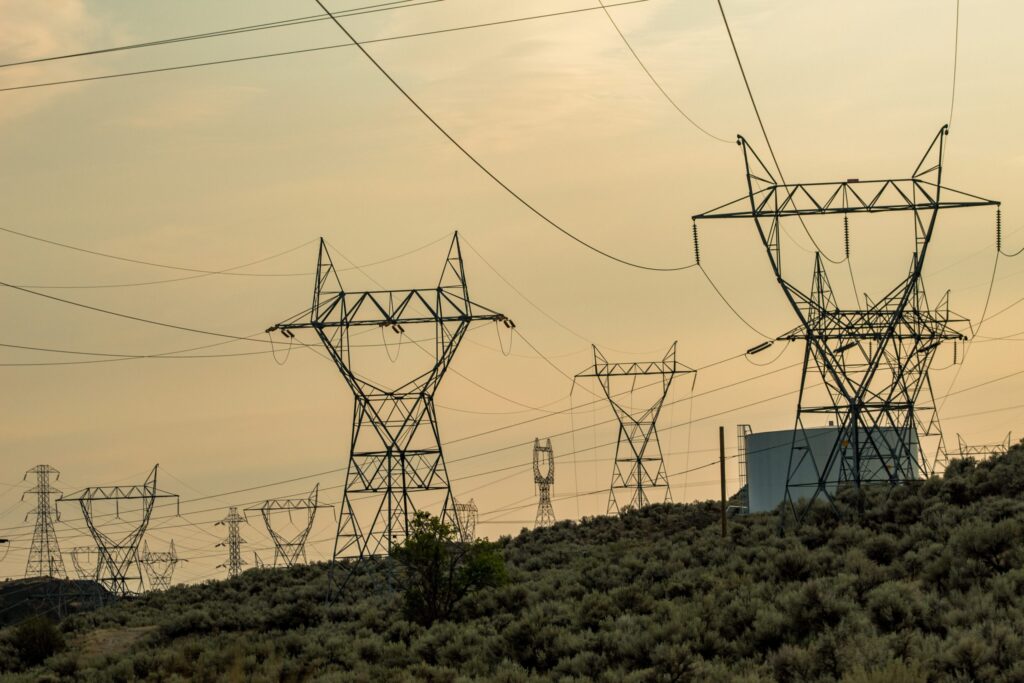A report on smart metering, published by the Powerline Magazine in May 2019, touched on various government schemes, data exchanges, driving uptake, meter interfaces, actionable intelligence, stringent standards, and smart metering progress in the country. This article aims to summarize the key findings of the report and draw light to the initiatives taken by the Indian government to convert all power utility meters in the country to smart metering systems by 2022.
At the moment, the government has been increasing its focus on the implementation of smart meters by the introduction of various schemes like Ujawal Discom Assurance Yojana (UDAY), Integrated Power Development Scheme (IPDS), and smart grid pilots. The Energy Efficiency Services Limited (EESL) also wants to implement a Smart Meter National Programme to replace 250 million conventional meters in the country. Although these schemes look promising on paper, the practical implementation has been rather slow. This is mainly due to problems like the high implementation costs (the average cost of a smart meter including infrastructure and software is Rs 4,000–6,000) and a lack of expertise among discoms. There is also a need for adequate cybersecurity measures and technological infrastructure for smart grids, as explained in our article on Modernizing of Utility Infrastructure.
Although smart grids are costly to install, the need to provide better consumer services, improve revenue collection, and decrease high aggregate technical and commercial losses (AT&C) will continue to drive the need for smart metering systems. At the moment, most of the AT&C losses are due to power theft and meter tampering, which unfavourably impact discom revenue. Smart meters will be able to detect irregularities in power consumption and notify the utility. They will also allow automatic remote readings, which are faster and more accurate than manual meter readings. Once installed, a smart meter has a prepayment functionality that helps improve cash flow and labour costs of the utility.
That being said, reliable communication between smart metering systems and discoms is essential to ensuring successful operations. Since smart grid technology requires an exchange of large volumes of data, it must have two-way communication with the grid. To ensure that utilities choose the right technology for their metering applications, the Central Electricity Authority (CEA) has specified certain guidelines for the communication of Smart Meters in 2018 that all utilities have to follow. Utilities will need to use a mix of various technologies depending on their geographical and network conditions to finalize their smart meter installation blueprint.
Smart metering systems also need end-to-end interoperability, which is a measure of the ease of integration between two systems or software components to achieve a functional goal. There are two levels at which interoperability can be reached, device-level and system-level. Device-level interoperability is the ability to replace one device with another without reducing the original functionality of the device. It enables smart meters that are manufactured by different manufacturers to communicate with each other and replace each other without affecting the overall consumer experience. System-level interoperability is the ability of the system to exchange data with other types of systems. It enables different Head-end Systems (HES) to communicate with the Meter Data Management System (MDMS). This feature is critical to prevent vendor lock-in and could impact investment costs and designs of the meter. In India, interoperability has been a key missing feature in the Automatic Metering Infrastructure (AMI) and has greatly stunted its growth. Hence, utilities need to develop in-house standards to create an ecosystem of smart meter manufacturers that conform to these interoperability standards. This problem was addressed by the India Smart Grid Forum (ISGF), who suggested a few measures in their Smart Grid Handbook for Regulators and Policymakers that can help develop a framework to achieve the interoperability of smart grids and meters in India.
The MDMS, on the other hand, is essential for handling the huge amounts of data generated through automated metering. This data will have to provide accurate information for billing, profitable revenue planning, and better customer care. It is also a main component of AMI and helps in providing 24×7 reliable power to its consumers. During a power disturbance, the MDMS provides discoms operations through quick response and better asset management. Not only this, but it can also remotely issue generated connect/disconnect service commands for an effective date/time to the appropriate customer meter or group of customers. It provides an essential service within AMI by integrating several different Automatic Meter Reading (AMR) systems into a consistent data set.
Apart from various software requirements like MDMS and interoperability, a smart meter should also be able to withstand surges and temperature and humidity conditions that are beyond the capacity of standard conventional meters. They should also be immune to tampering and must be designed by meter designers as per user needs to increase product reliability. At the manufacturing stage, appropriate process selection in terms of material, volume, and tolerance are required. This will ensure the accuracy of the meter throughout its lifetime.
In the future, smart metering technology in India will be at the forefront of enhancing the functionality of the smart grid system. Therefore, the installation of good quality smart meters is essential. The standardization of documents, expansion of testing laboratories, and research and development to improve the design and capability of smart meters will go a long way in improving the current metering infrastructure. It is with this vision in mind that the government, in December 2018, directed states to completely switch to smart prepaid meters in three years starting from April 2019. This shows the government’s resolve to enable smart metering targets. Now all that remains is the deployment of efficient smart meters by state utilities in the country.

